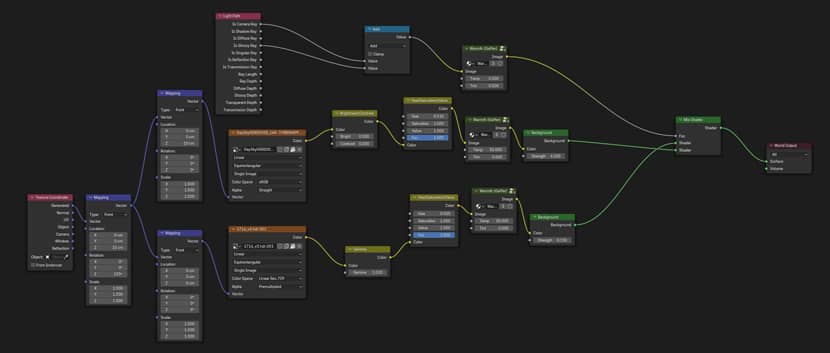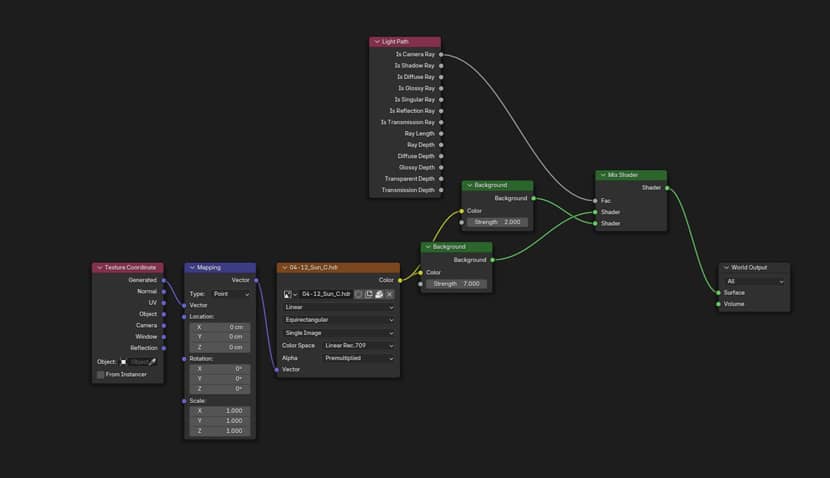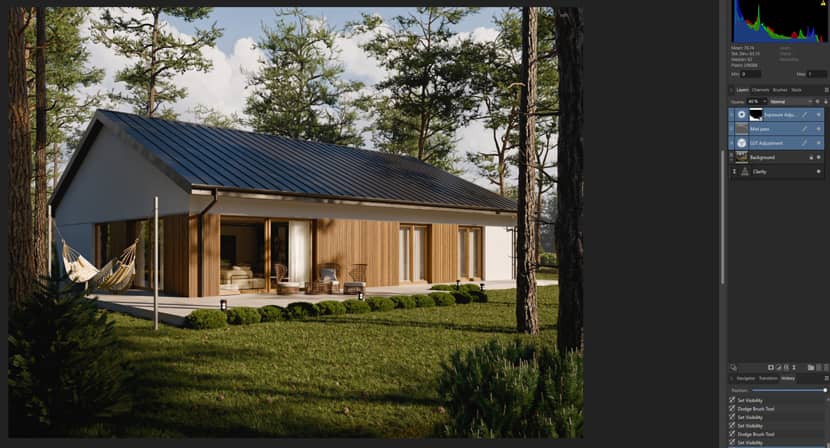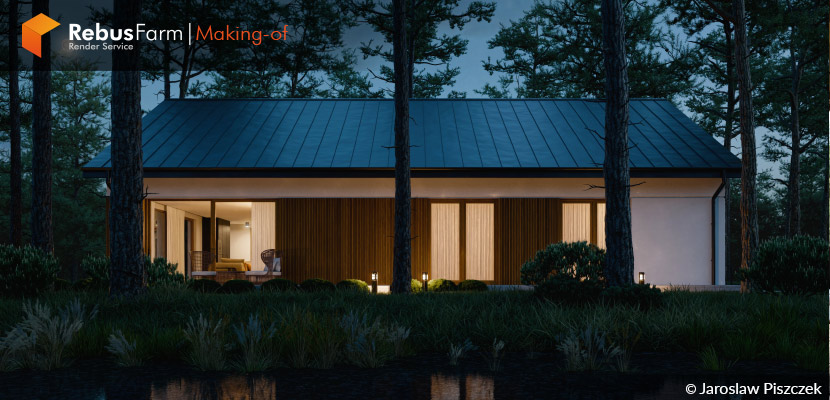
Blending natural tranquility with digital artistry, this making-of feature takes us deep into the forest for a beautifully crafted visualization by Polish CGI artist Jarosław Piszczek. In his personal project, Jarosław brings to life a serene lakeside home nestled in the woods and balancing technical precision with an appreciation for atmospheric storytelling. He built the scene entirely from scratch, paying close attention to modeling, greenery, lighting, and subtle post-production techniques. Join us as we explore how this peaceful forest retreat came together from concept to final render!
About me.
Hello 3D artists!
My name is Jarosław Piszczek, and I’m a 3D artist from Poland. I’ve been creating architectural visualizations for the past six years and I’m the founder of Do It Studio. With a background in construction and experience as an architectural designer, I discovered the world of visualization during my career and it quickly became my true passion. Today, I focus exclusively on architectural visualization, specializing in both exterior and interior scenes.
About The Project.
This project is a personal endeavor I developed during my free time, a creative escape where I could fully explore my own vision without client constraints. The scene features a modern house quietly nestled within a dense forest, offering a sense of solitude and harmony with nature. Just behind the building lies a tranquil lake, which adds depth and atmosphere to the composition. The entire environment was crafted from scratch, allowing me to focus on storytelling through design, composition, and mood.
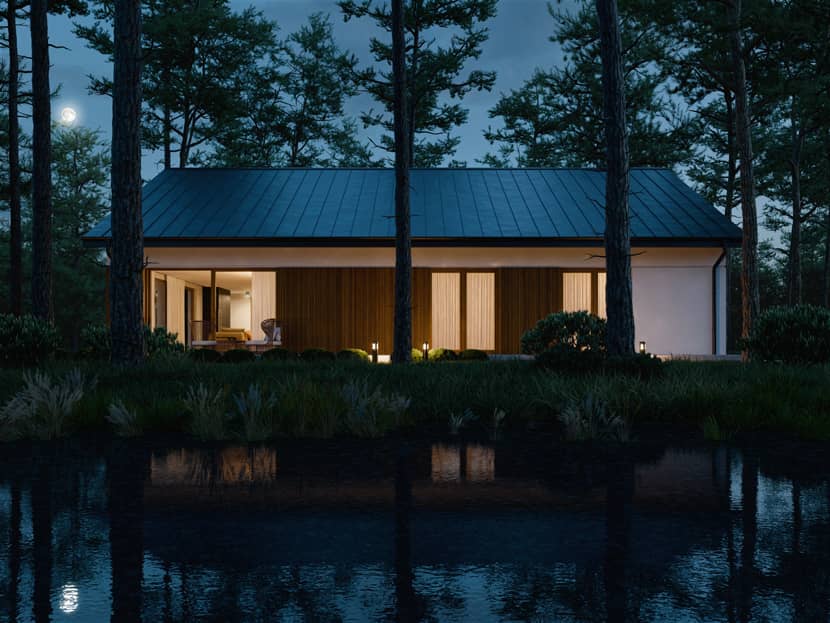
Software Used.
For this project, I used Blender as my main 3D software and rendered the scene with its powerful built-in engine, Cycles. One of the biggest advantages of this workflow is that both tools are completely free and open-source, making them incredibly accessible without compromising on quality or performance. Blender offers a flexible and robust environment for modeling, shading, lighting, and rendering, perfect for artists who want full control over every aspect of their work.
For post-production, I turned to Affinity Photo, an affordable and professional alternative to Photoshop. It provides all the essential tools I need for image correction, layering, and final color adjustments without the burden of a subscription model. Together, these tools form a cost-effective yet professional-grade pipeline, ideal for both personal projects and commercial work.
References.
During the early stages of this project, I explored a wide range of inspirational works to guide my creative direction. Among the many outstanding visualizations I came across, two stood out in particular for their atmosphere, composition, and attention to detail. The first is "Beechwood" by Michał Nowak,
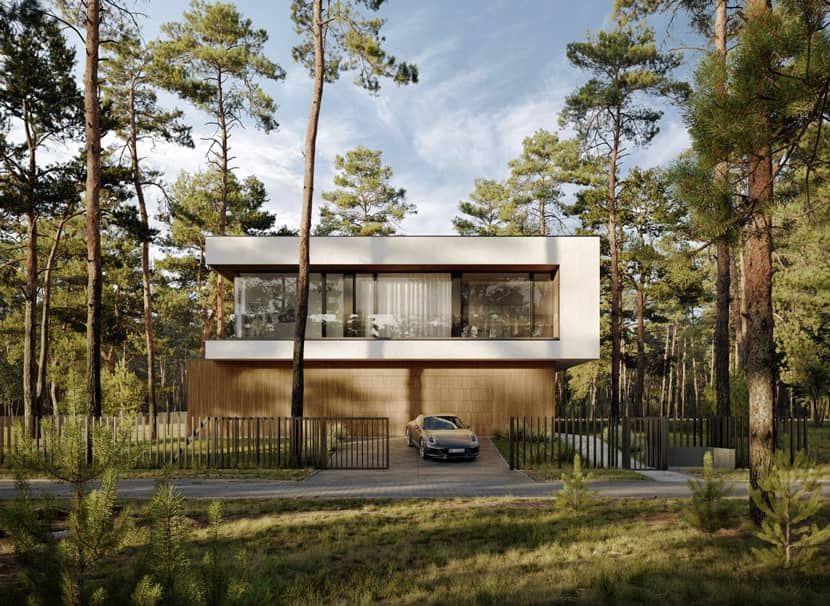
and the second is "House in Łomianki" by Ewelina Lekka.
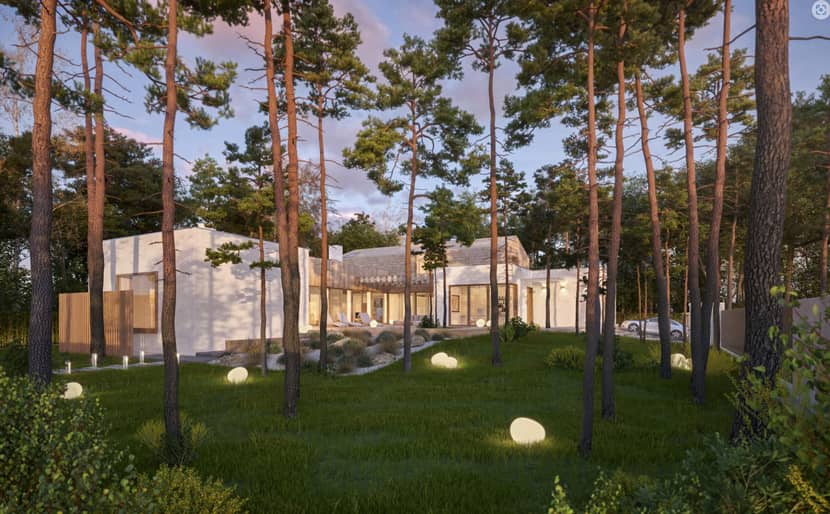
These projects not only showcased exceptional technical skill but also captured a sense of serenity and realism that aligned closely with the mood I wanted to achieve in my own scene.
Modeling.
The house, terrain, lake, and all elements around the building I modelled on my own (a fence, a pavement etc.) I do it almost every day, so it's nothing complicated for me. The modelling process was easy, but as always, I focused on details.
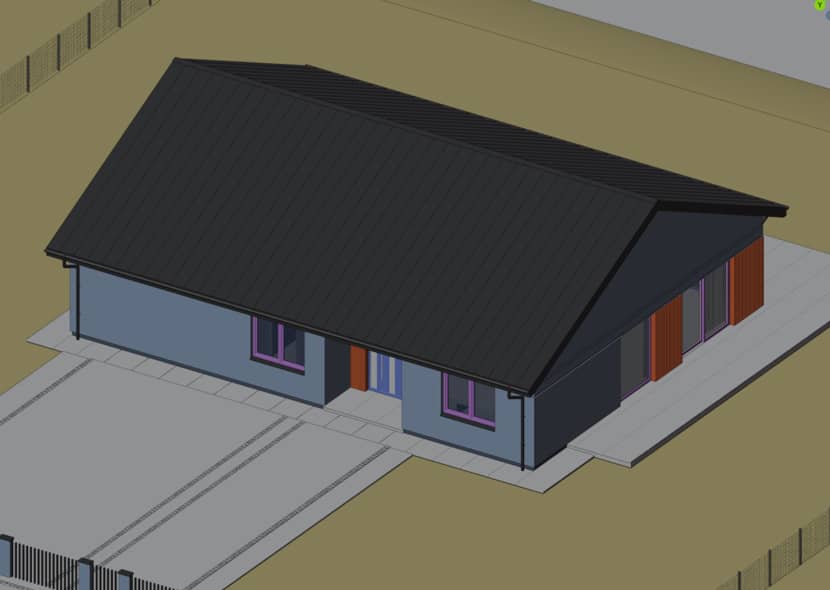
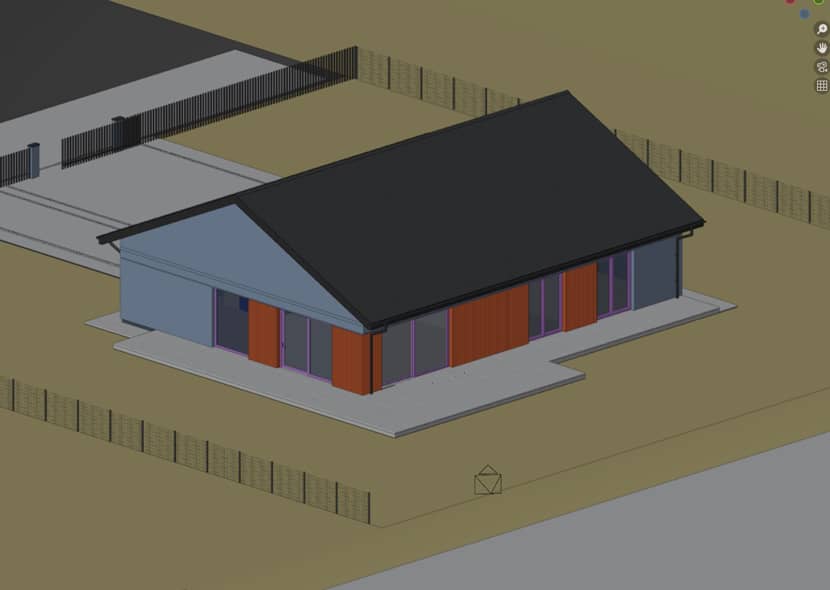
Greenery.
For the trees in this project, I used high-quality assets from Darstellungsart, which offer a great balance between realism and performance. Their detailed models and natural shapes allowed me to create a believable forest environment, helping to enhance the overall atmosphere and depth of the scene. These assets are particularly effective when aiming for a photorealistic result without significantly impacting render times.
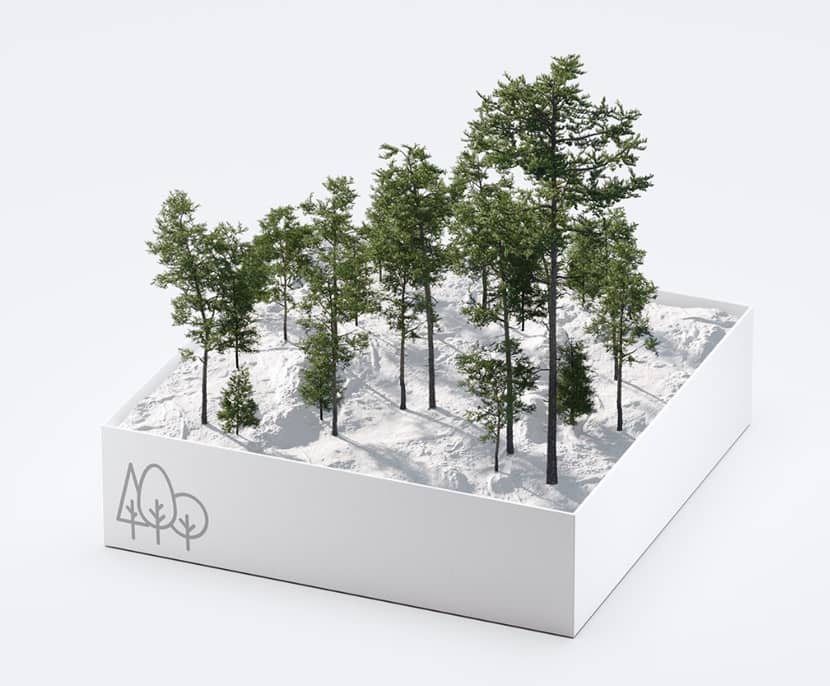
For the bushes, I relied on assets from 3DShaker and Maxtree, two well-known libraries in the ArchViz community for their high-quality vegetation models. Their collections offer a wide variety of realistic plant species with carefully crafted textures and geometry, which helped me populate the scene with lush, believable greenery. These assets played a key role in enhancing the natural feel of the environment and adding visual richness to the composition.
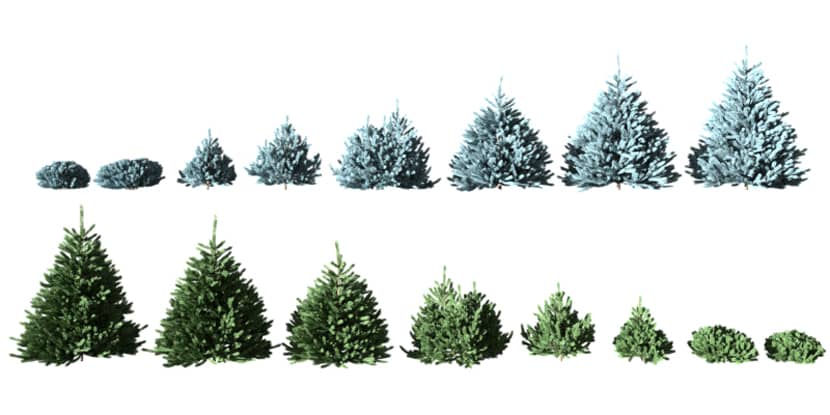

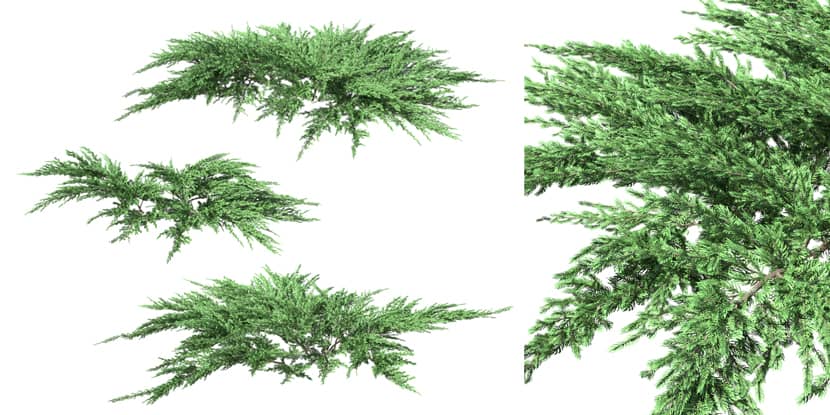
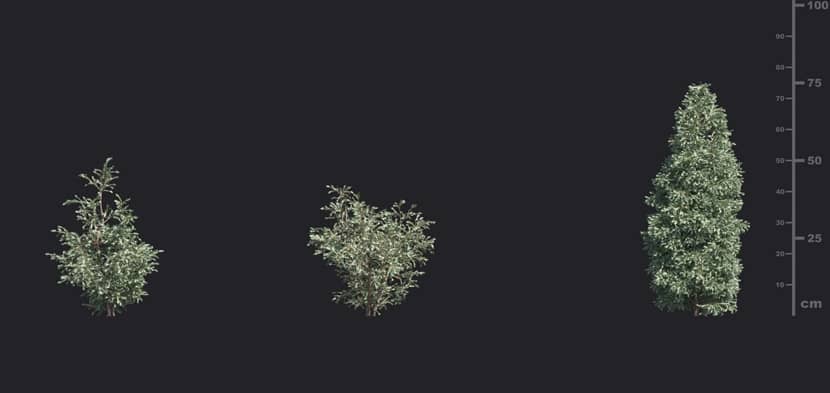
For grass, I used INS Grass addon. This addon has built-in many really good-looking grass presents. I use this addon in almost all my projects. There is great ease with control over grass - with just one click you can change almost all (scale, density, colours, contrast between green and dry colour).
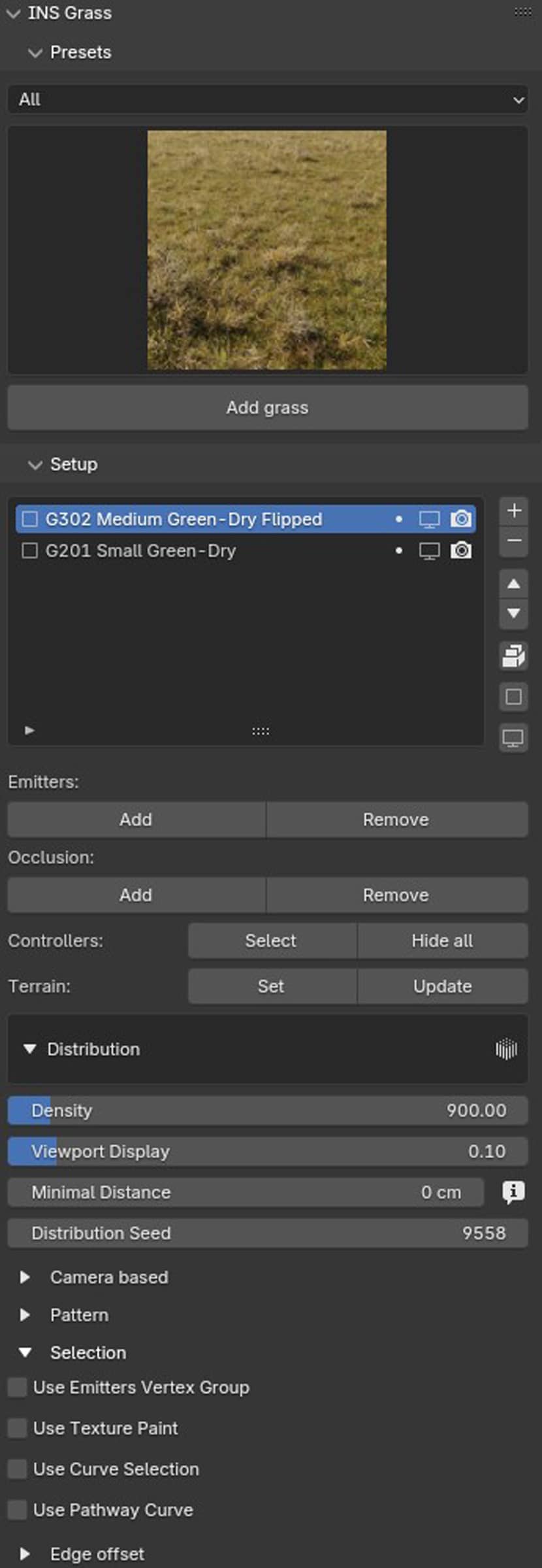
Trees in background were scattered with GeoScatter addon.
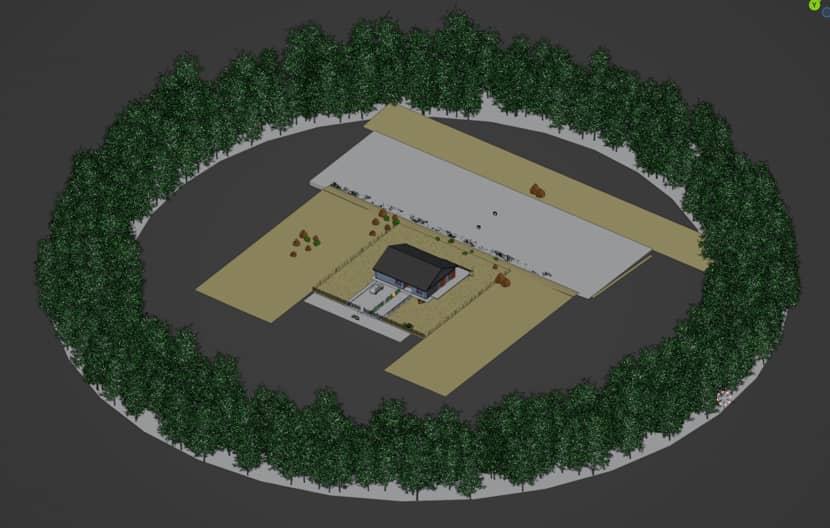
Materials.
When it comes to materials, I firmly believe that simplicity often leads to better results. I'm a strong advocate for using clean and efficient shaders, as overly complex material setups can introduce unnecessary complications without significantly improving visual quality and especially in still images. In most cases, I rely on just two essential maps: a diffuse map for color and surface detail, and a normal map to add subtle depth and texture. When the surface demands it, I also incorporate a displacement map to achieve more pronounced geometry without overloading the scene. This straightforward approach not only speeds up the workflow but also ensures greater control and predictability in the final render.
Lighting.
For exterior scenes, I always use HDRI map. Sometimes I use the same map for lightning and for background, but frequently I use different maps for that, as I did in this project.
Every time I adjust the values of options like brightness, contrast, gamma etc. Values depend on the final effect I want to achieve.
In this project, for daily shots, I used HDRI from Peter Guthrie no. 1714 (one of my favorite) to illuminate the scene, and for background I used JPG (made from HDRI) from AmbientCG. I adjusted gamma, contrast and temperature of the HDRI map, to gain a bit warm lightning.
For night shots, I used a HDRI from NoEmotion (no. 04-12_Sun_C). In this case, there was no need to adjust additional parameters.
Post-Production.
Most of the time I do very simple postproduction. Except for the main render, I prepare two additional render layers: environment and mist. They are useful for my postproduction process. The mist pass I use almost always, the environment pass - no. It depends, but it's better to have these passes than don't have :)
In this project, I did a postproduction in Affinity Photo. At first, I set clarity to 60% (as a live layer). Then I added LUT to adjust a bit contrast (LUT comes from 3dcollective).
Then I added the mist layer I prepared. I set blending to screen, and value to 35%. At last, I added a black layer, set to multiply blending with 30% opacity. I brushed manually in some places to add a bit darker areas - especially in the foreground.
Below you can see results before and after postproduction.
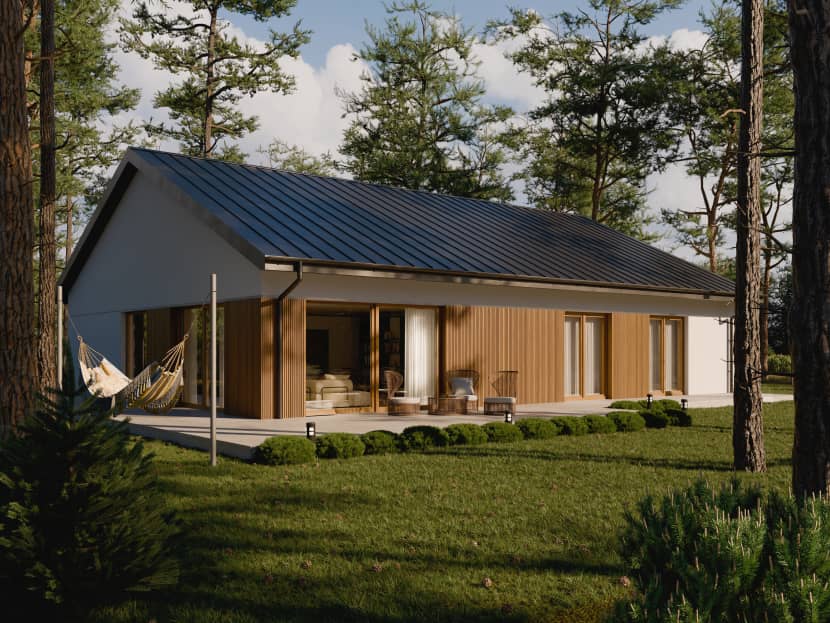

Final Images.
Below you can see final results of my work.
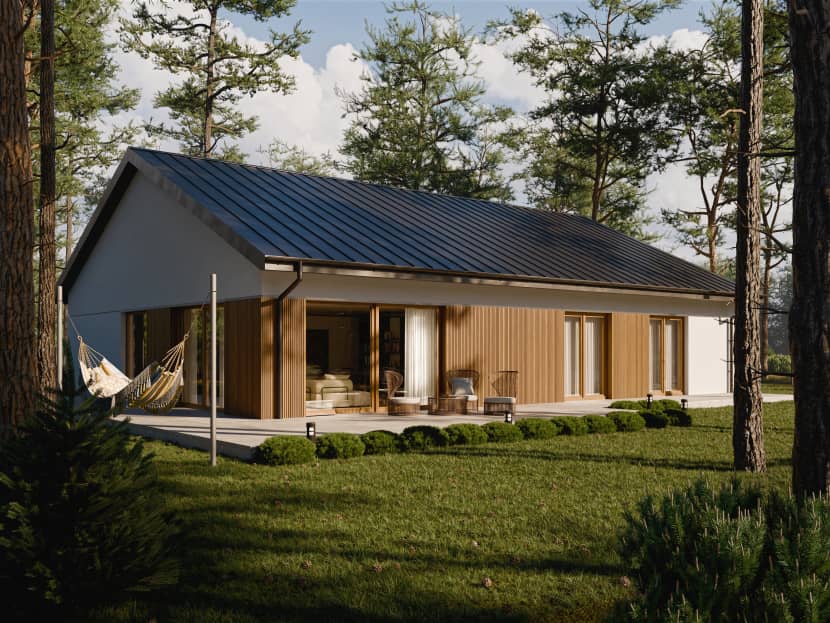
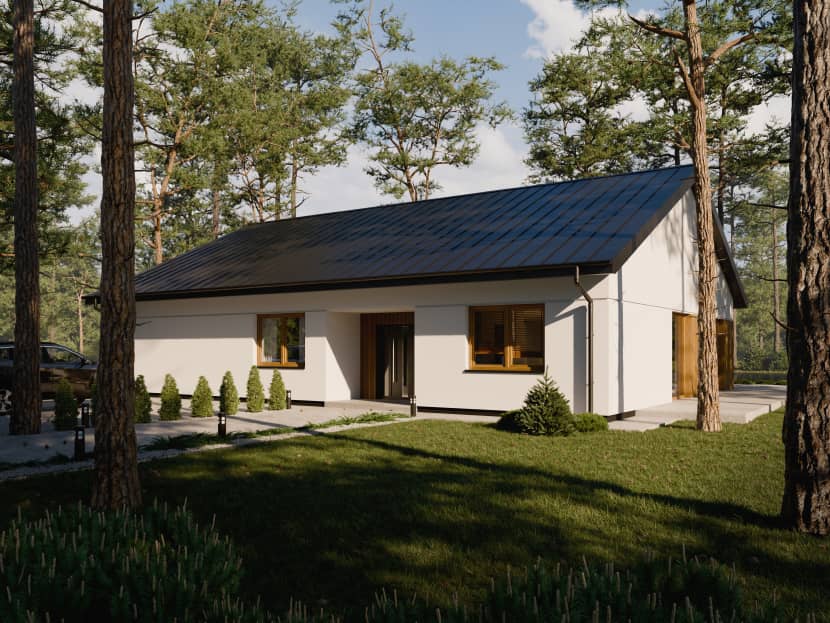
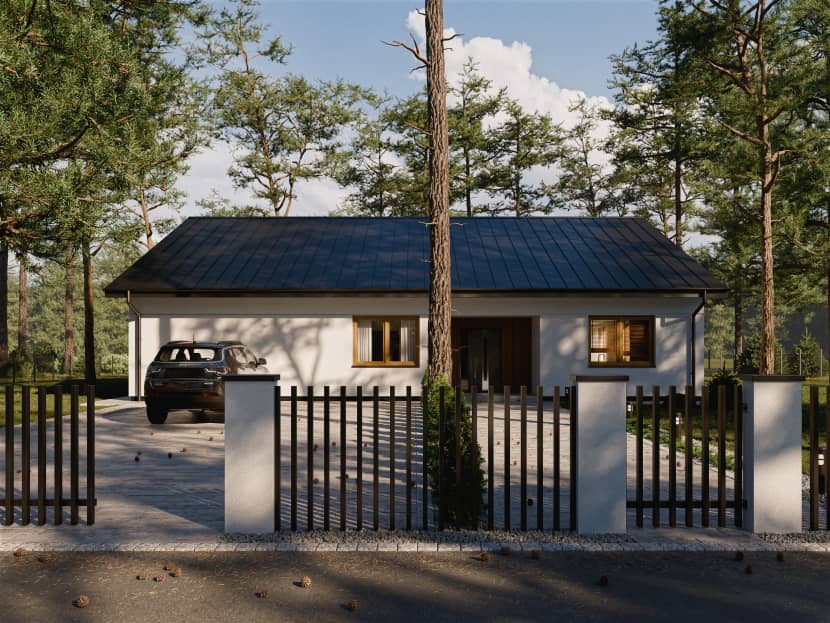

Final Words.
I hope you've enjoyed my article. You can follow me through my social media channels below!
Jaroslaw Piszczek.
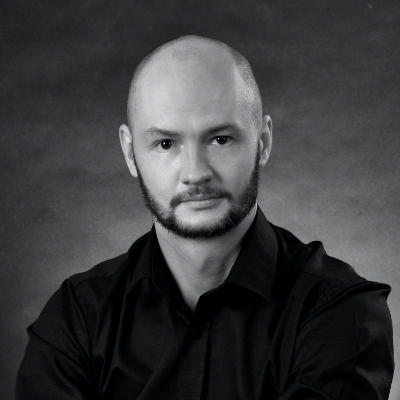
About the artist
Jaroslaw Piszczek is a Polish 3D artist and the founder of Do It Studio. With a background in construction and architectural design, he has been working in the field of architectural visualization for over six years. Specializing in both exterior and interior renders, Jaroslaw focuses on creating immersive, photorealistic environments using Blender and Affinity Photo. His passion for visual storytelling is deeply rooted in a strong design foundation and a love for nature-inspired scenes.

